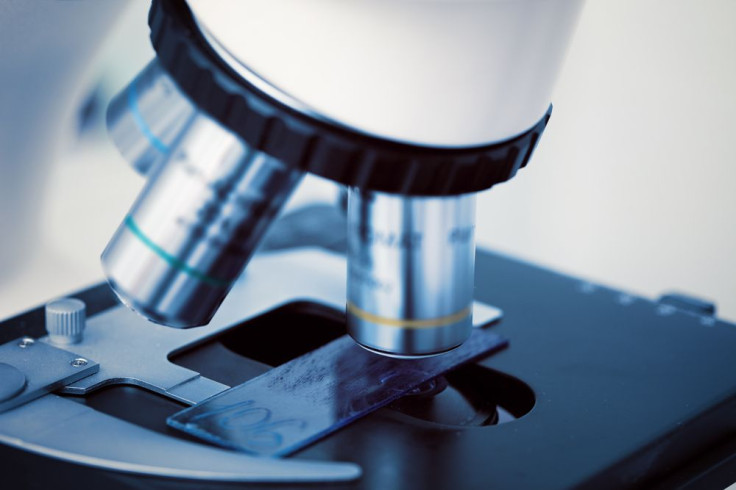'Star Cells' Hint At New Drug Target For Huntington's Disease, Other Neurodegenerative Disease

New research shows that tinkering with a particular cell type’s ability to absorb potassium leads to improved motor function and survival rates in mouse models of Huntington’s disease, illuminating a potential drug target for the neurodegenerative disease that affects one in every 20,000 Americans.
Dr. Baljit Khakh, a researcher at the UCLA Brain Research Institute and co-author of the new study, said that the investigation focused on so-called astrocytes — star-shaped cells found in the brain and spinal cord. "Astrocytes…enable neurons [brain cells] to signal each other by maintaining an optimal chemical environment outside the cells," he explained in a press release. "We used two mouse models to explore whether astrocytes behave differently during Huntington's disease."
Huntington’s Disease and Brain Chemistry
The devastating disorder, which is passed from parent to child through a mutation in the huntingtin gene, impairs a range of neurological functions by killing off the brain’s supply of neurons. Patients gradually lose their ability to walk, speak, swallow, breathe, and think clearly. The new study suggests that the disease progression is facilitated by certain deficiencies in astrocytes.
Specifically, the Khakh and colleagues theorized that the “star cells” were not expressing enough Kir4.1, a protein that helps the cells handle potassium. As a result, an optimal chemical environment becomes difficult to achieve, leading to a drop in neuron activity — and, consequently, brain power.
To investigate, the researchers developed two mouse models of the disease — one aggressive, early-onset version and one slow-developing version. They then artificially increased Kir4.1 levels inside the mice’s astrocytes.
The results, which are published in the journal Nature Neuroscience, show that the intervention led to a range of improvements in both models. "Boosting Kir4.1 in the astrocytes improved the mice's ability to walk properly,” Khakh explained. “We were surprised to see the length and width of the mouse's stride return to more normal levels. This was an unexpected discovery.”
Searching for a Cure
Today, it is estimated that Huntington’s disease affects about 30,000 nationwide. No cure is available, and life expectancy after diagnosis is about 10 to 30 years.
Aside from indicating a possible therapy target, the new findings may also have broader implications for research on neurodegeneration. "We're really excited that astrocytes can potentially be exploited for new drug treatments," Khakh told reporters. "Astrocyte dysfunction also may be involved in other neurological diseases beyond Huntington's."
Published by Medicaldaily.com



























